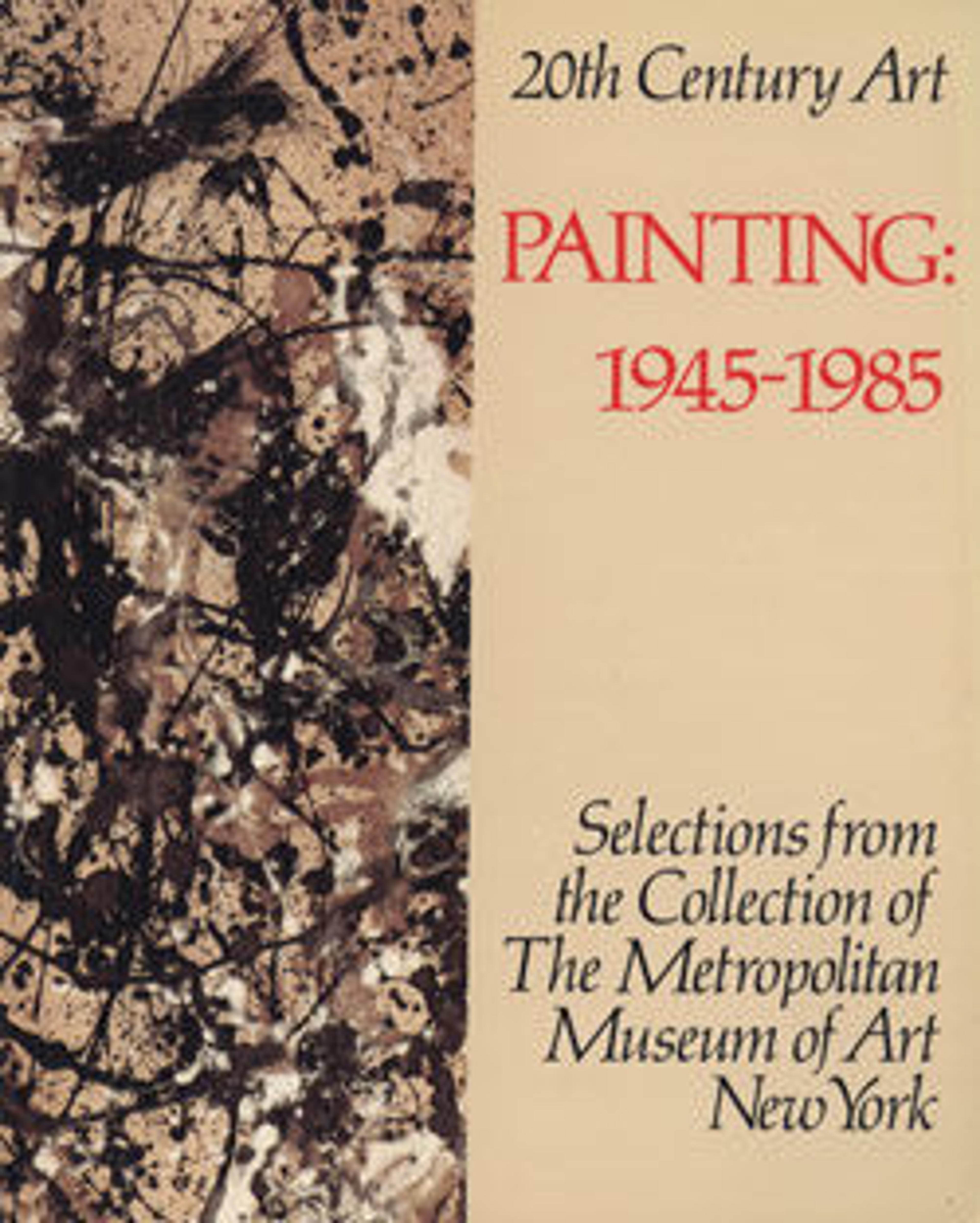White Rooster
White Rooster is the third of Avery's paintings to enter the collection. Avery was a primarily self-taught artist who followed his own instincts and produced paintings and watercolors inspired directly from nature or his intimate family life. It is his use of broad and arbitrary areas of color in White Rooster that interlock his quasi-abstract shapes in an airy, hilly landscape. Muted hues of brown pink, pink, and greens form the pictorial pattern of horizontal bands that ends in an orange sky. These bands of color are broken by blocks of contrasting colors, as in the blue tree, the brown hens, and the bold white rooster, which becomes a flattened pattern with its flipped yellow tail. Avery's subtle balance of distilled shapes and his use of closely valued colors make him one of the most original American painters—and certainly one of the foremost colorists—to emerge in this century.
Artwork Details
- Title:White Rooster
- Artist:Milton Avery (American, Altmar, New York 1885–1965 New York)
- Date:1947
- Medium:Oil on canvas
- Dimensions:61 1/2 × 50 3/4 in. (156.2 × 128.9 cm)
- Classification:Paintings
- Credit Line:Gift of Joyce Blaffer von Bothmer, in memory of Mr. and Mrs. Robert Lee Blaffer, 1975
- Object Number:1975.210
- Rights and Reproduction:© 2025 Artists Rights Society (ARS), New York
- Curatorial Department: Modern and Contemporary Art
More Artwork
Research Resources
The Met provides unparalleled resources for research and welcomes an international community of students and scholars. The Met's Open Access API is where creators and researchers can connect to the The Met collection. Open Access data and public domain images are available for unrestricted commercial and noncommercial use without permission or fee.
To request images under copyright and other restrictions, please use this Image Request form.
Feedback
We continue to research and examine historical and cultural context for objects in The Met collection. If you have comments or questions about this object record, please contact us using the form below. The Museum looks forward to receiving your comments.
